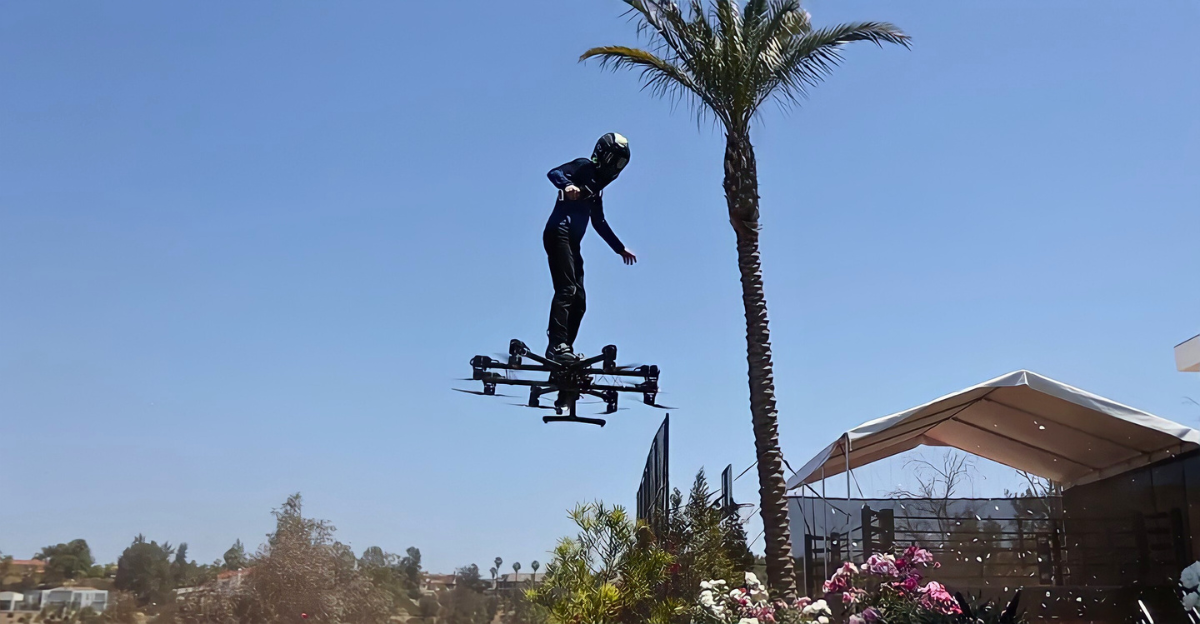
Personal flight hit a milestone when Hunter Kowald rode his SkySurfer Aircraft—a rideable drone—down California streets.
According to Supercar Blondie, this August 2025 spectacle drew global attention and sparked debate about technology in everyday life.
As Hagerty notes, rapid innovation is bringing flying cars closer to reality, with experts pointing to safety as the top concern.
Boundaries Pushed
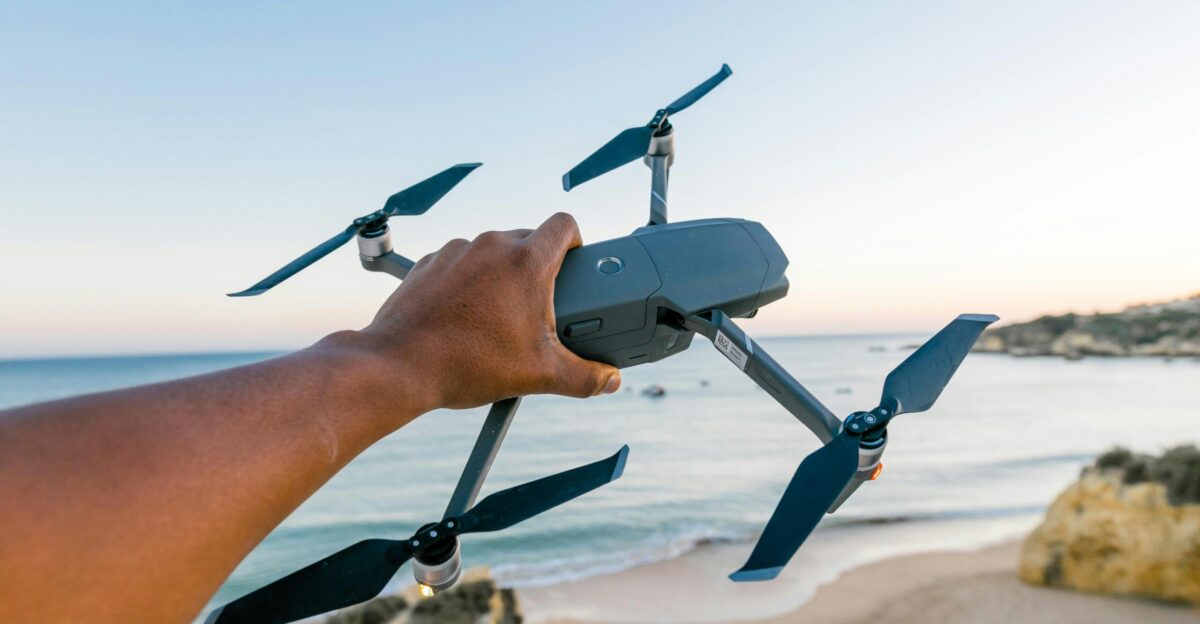
Kowald’s flight tested the limits of public safety and regulation in California, a state known for strict drone laws.
California statutes prohibit flying drones over highways without permits due to accident risks, ABJ Academy says.
Law expert Mark Jensen warns, “States are scrambling to set clear boundaries as new tech challenges old rules.”
Long-Awaited Dreams

From Leonardo da Vinci to modern inventors, personal flight has tantalized dreamers for centuries. Recent battery and control breakthroughs make rideable aircraft viable today, moving from fantasy to market products such as the SkySurfer. Recent years saw big investments from aviation and automotive sectors.
Escalating Pressure
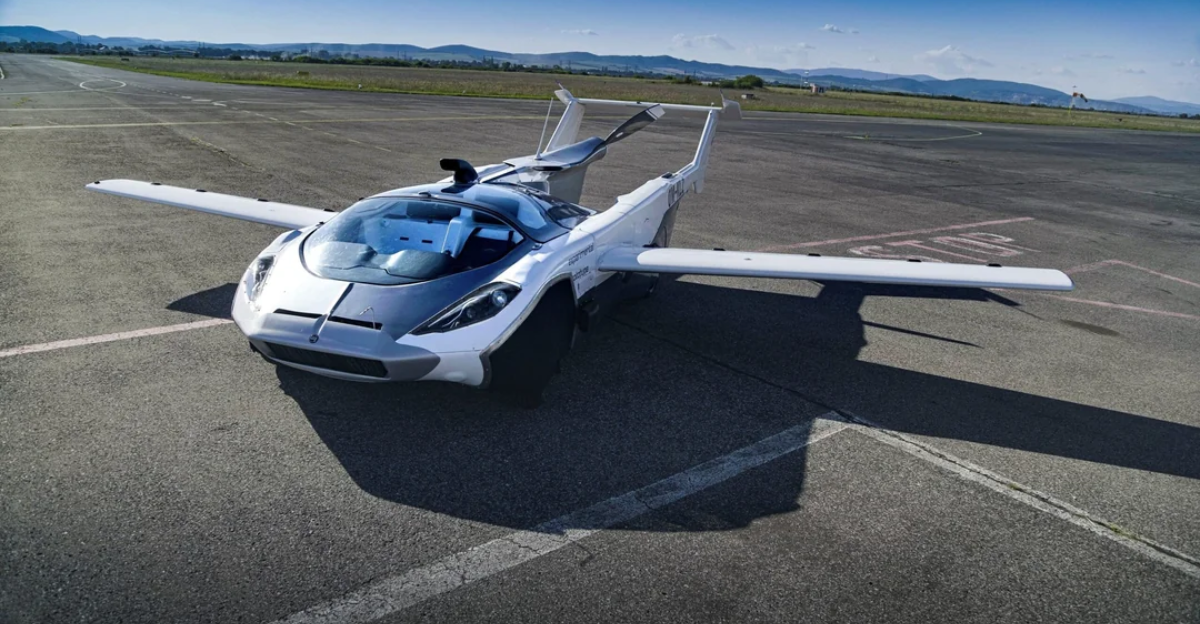
More inventors enter the flying car market, intensifying calls for updated laws. California regulators face mounting pressure as drone-related incidents rise.
FAA statistics show a 40% increase in aerial vehicles reported since 2022, making policy gaps increasingly urgent.
Viral Ride
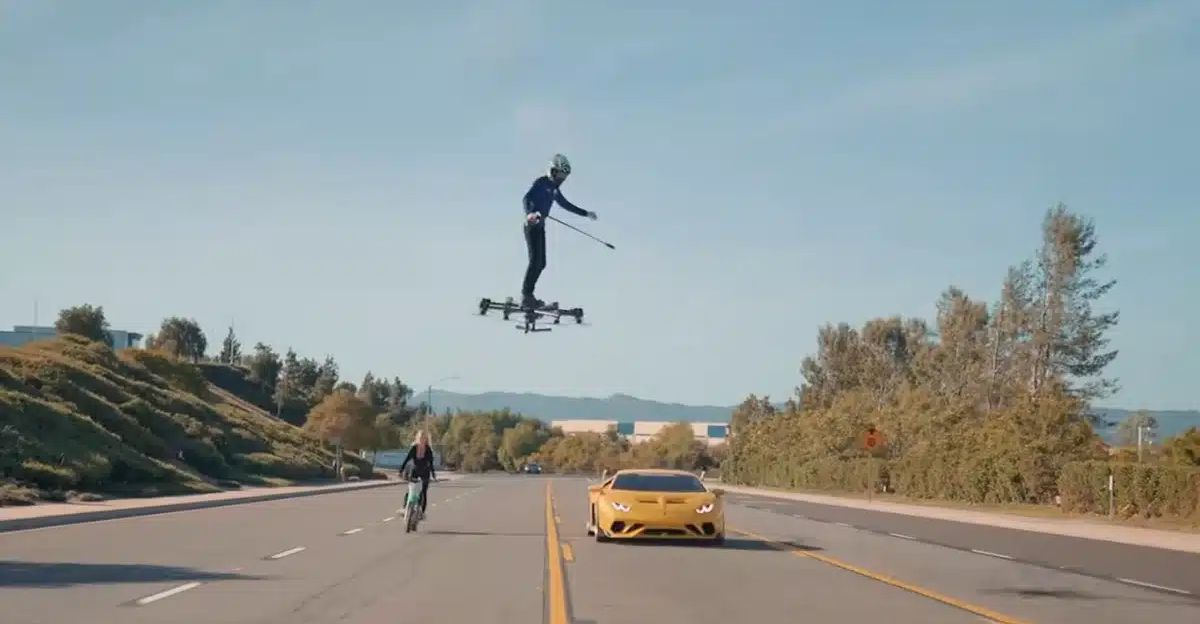
On August 9, 2025, Kowald uploaded viral footage of himself piloting the SkySurfer Aircraft next to a Lamborghini on a California highway.
Local police stopped him twice, and federal officers verified compliance with ultralight aircraft regulations. This event triggered national conversation.
Police Intervention

California police responded quickly, reviewing Kowald’s compliance and focusing on public safety. Despite initial concerns, officers confirmed the ride met both local and federal rules. They warned that repeated races or obstructions would lead to fines.
Drama

Kowald shared: “Police were honestly more curious about the Lamborghini than my aircraft; they just wanted to chat cars.”
Aviation safety professor William Waldock cautions, “Even small drones pose risks near roads and airports. Safety and compliance are crucial.”
FAA Requirements
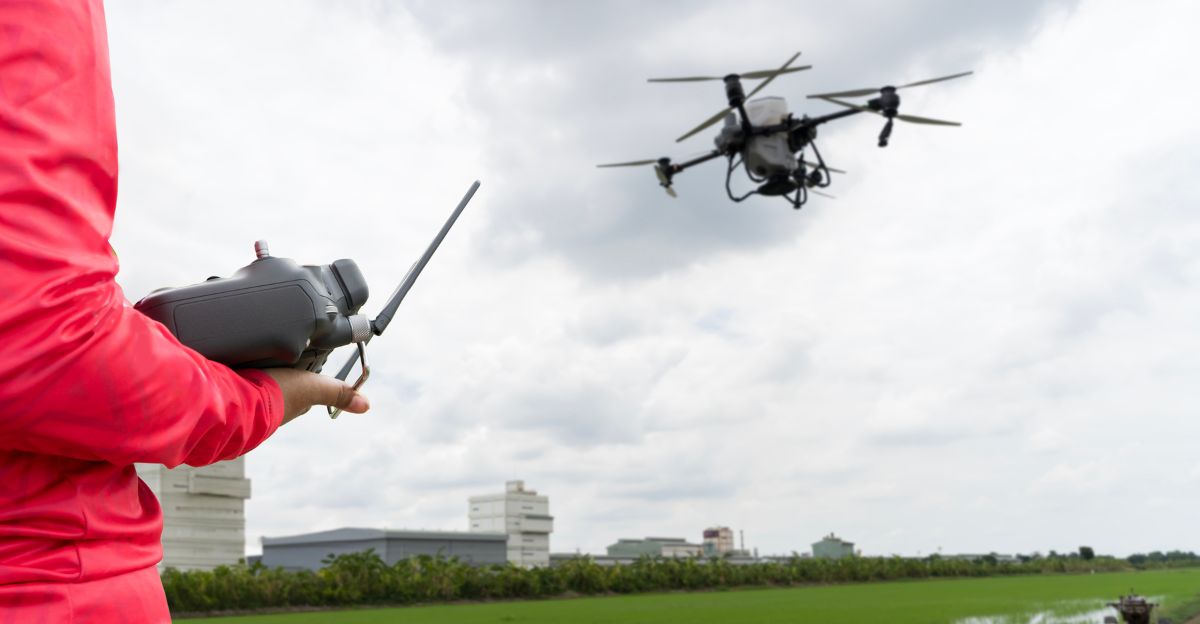
FAA Part 103 defines ultralight vehicles by weight and speed limits—no pilot license is required, but operating outside those limits or over busy roads is illegal. “All drone operators must know FAA rules,” warns the agency’s drone safety site.
Market Momentum
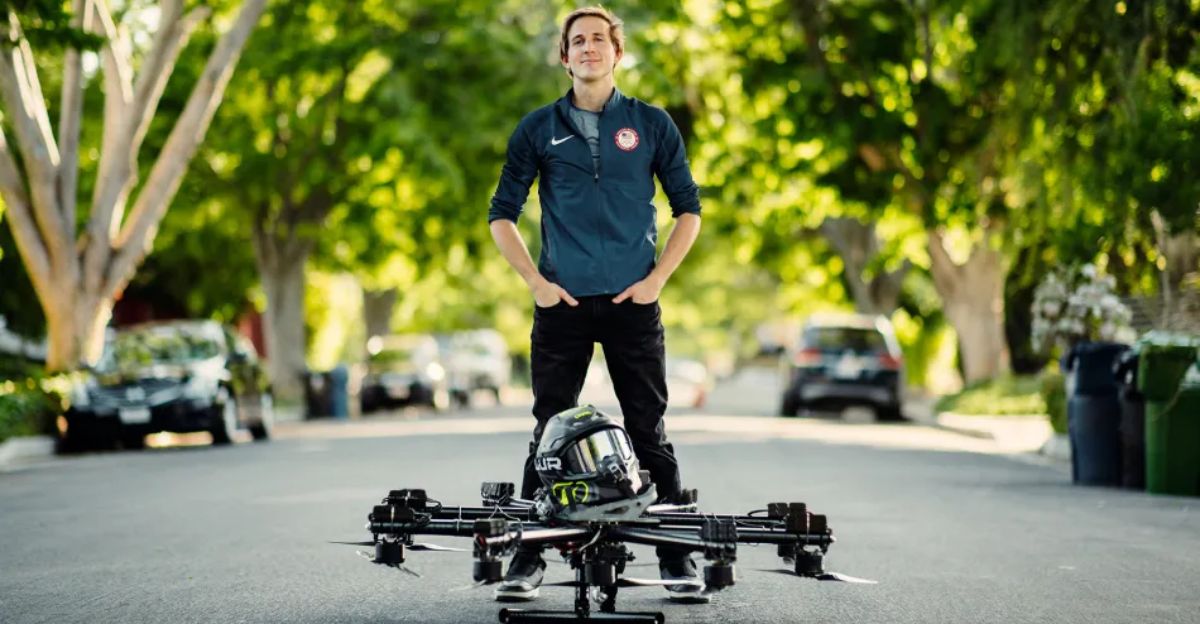
The personal flying vehicle market is poised for rapid growth, expected to soar past $10 billion by 2032, per Future Data Stats.
SkySurfer retails near $78,000, with some luxury models topping $275,000. Industry competition is fierce, with major players entering fast.
Regulatory Milestone
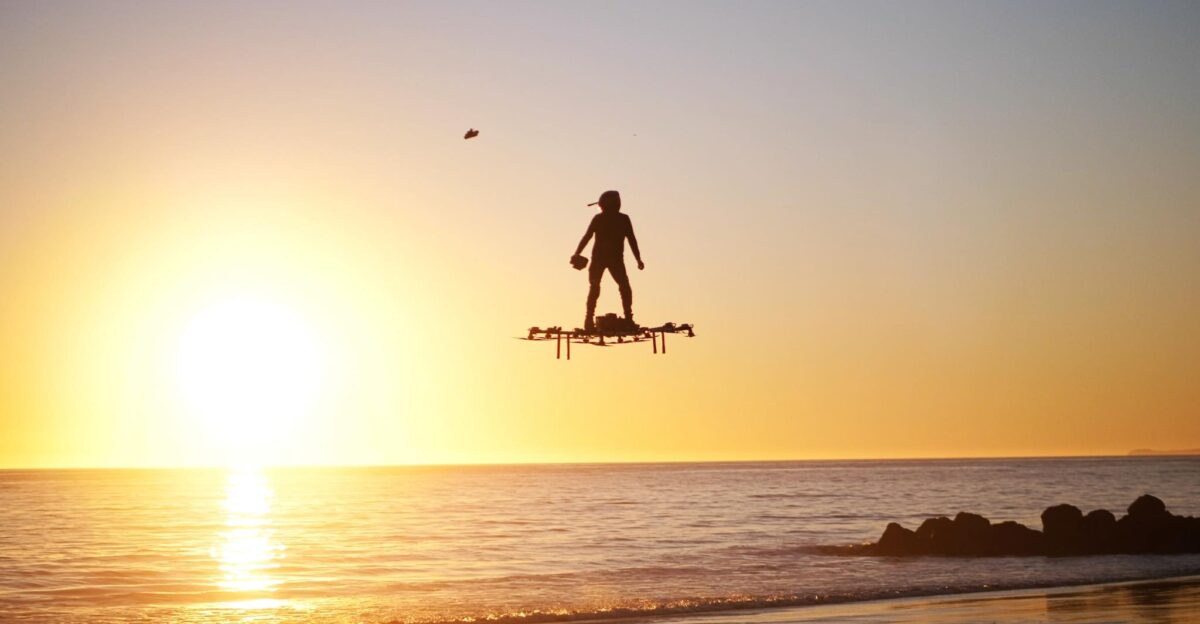
FAA officials verified that Kowald’s SkySurfer Aircraft passed ultralight checks and required no pilot license, setting a new precedent. This case may reshape how future incidents involving road-based personal flight are resolved.
Safety and Privacy
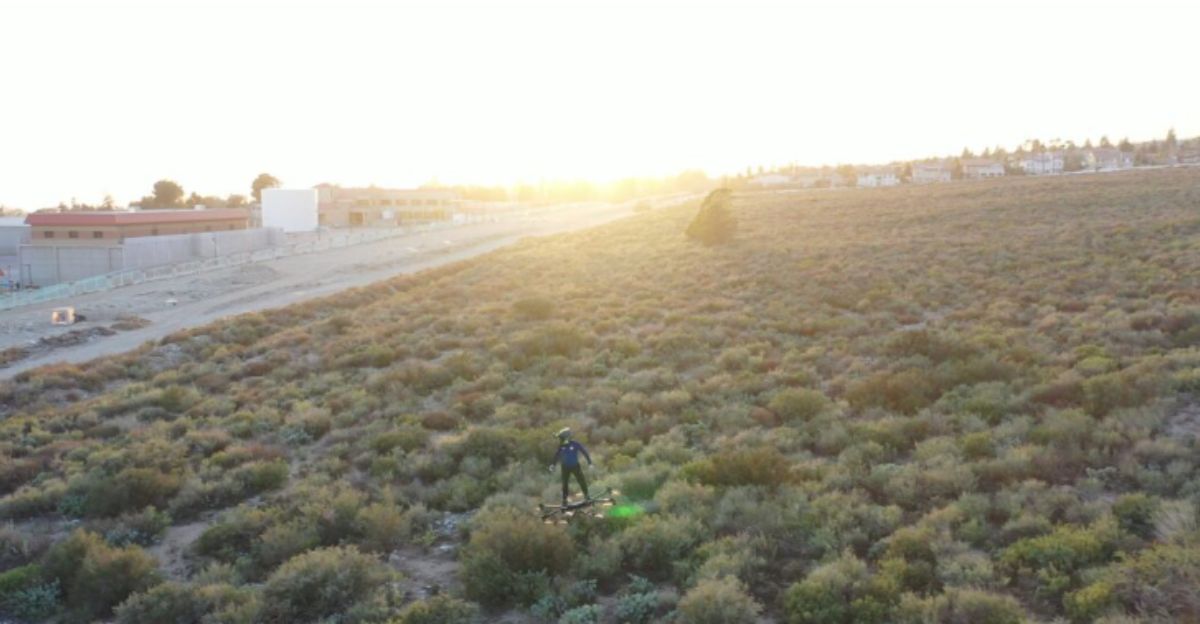
Lawmakers and UAV specialists stress privacy and safety, warning of accidental surveillance and obstruction risks.“Privacy remains a major concern as drones become mainstream,” says aviation legal adviser Sarah Lin.
Shifting Authority
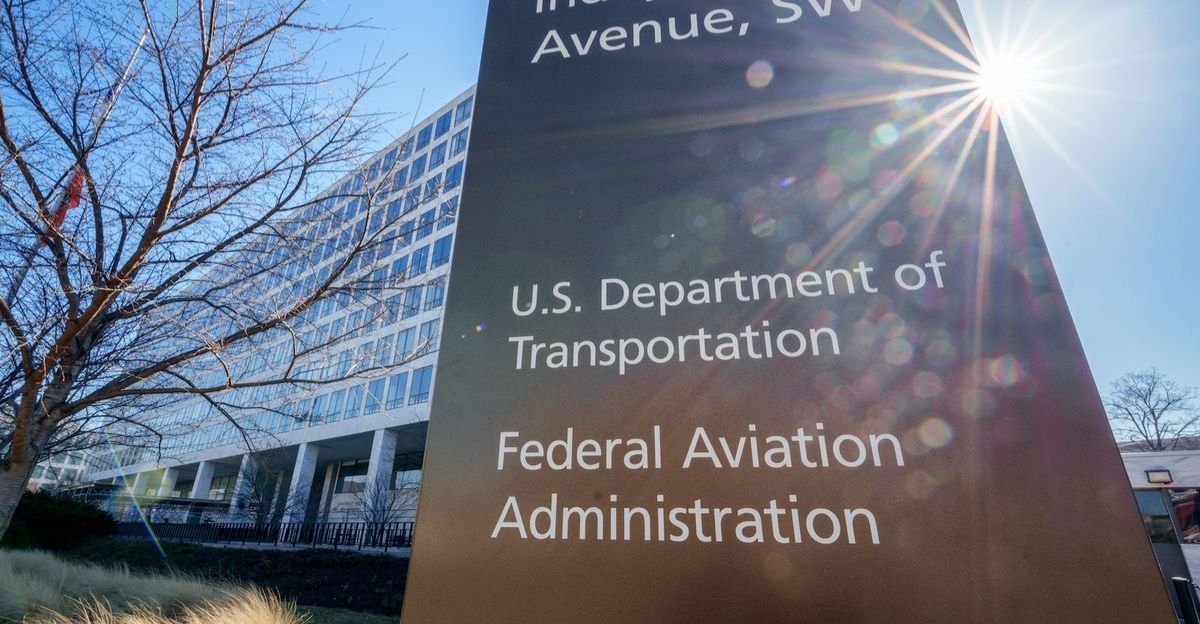
FAA’s 2025 MOSAIC initiative expanded ultralight rules but added oversight for unconventional vehicles. Reviews by the EAA and USUA emphasize new technical standards to address market evolution and public safety calls.
Comeback Plan
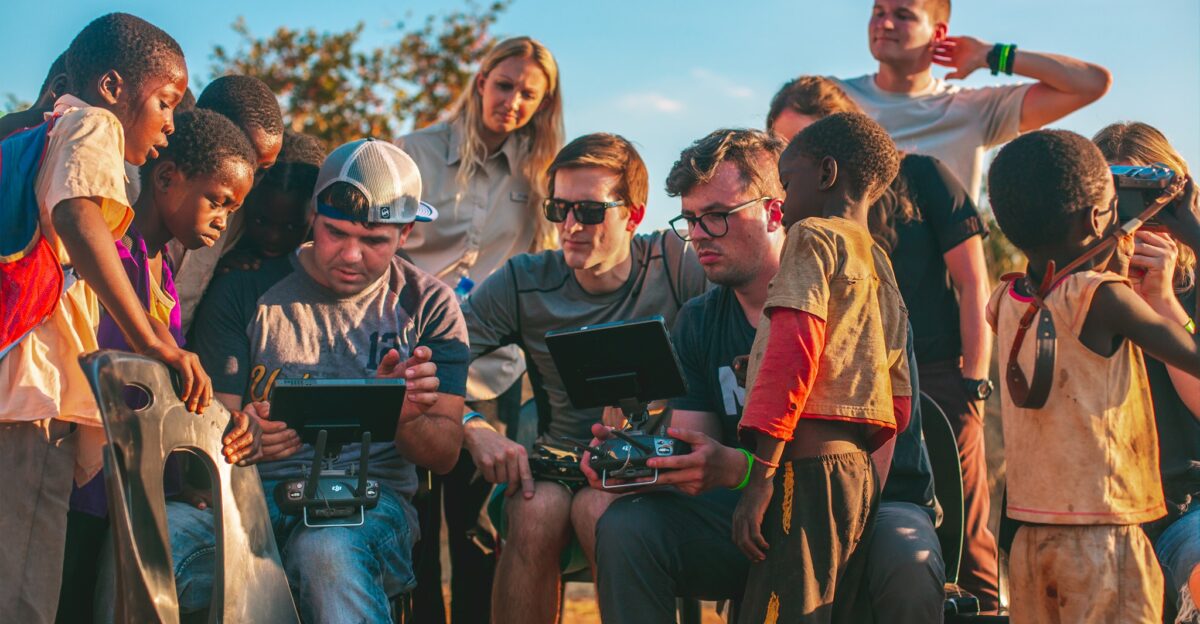
Kowald keeps refining the SkySurfer, working on safety features and showcasing controlled flights in urban environments. More inventors are launching prototypes, sparking a wave of innovation in personal aviation.
Expert Outlook
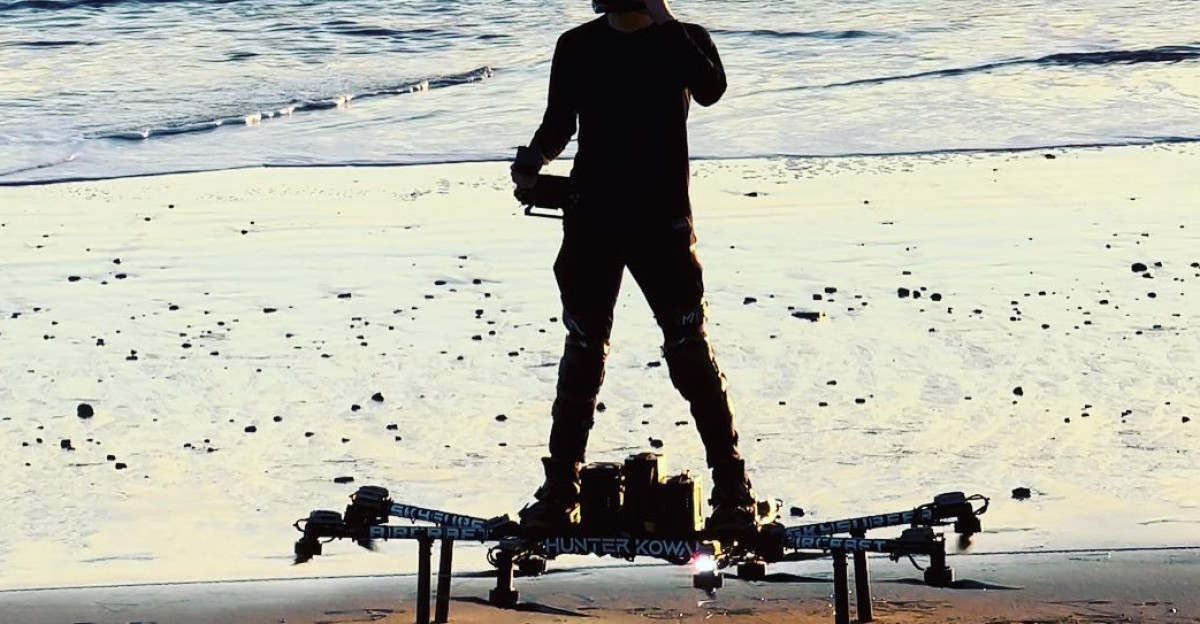
Michael Robbins of AUVSI believes, “Clear, risk-based drone rules will open up entire industries, boost safety, and fuel economic growth.” Analysts agree that certified training and urban air mobility hubs will drive future adoption.
Forward Implications

Will mass-market personal flight happen soon? Policy, infrastructure, and safety hurdles remain, but California’s case triggered ongoing research, investment, and public debate—suggesting broad changes ahead.
Political Ripple
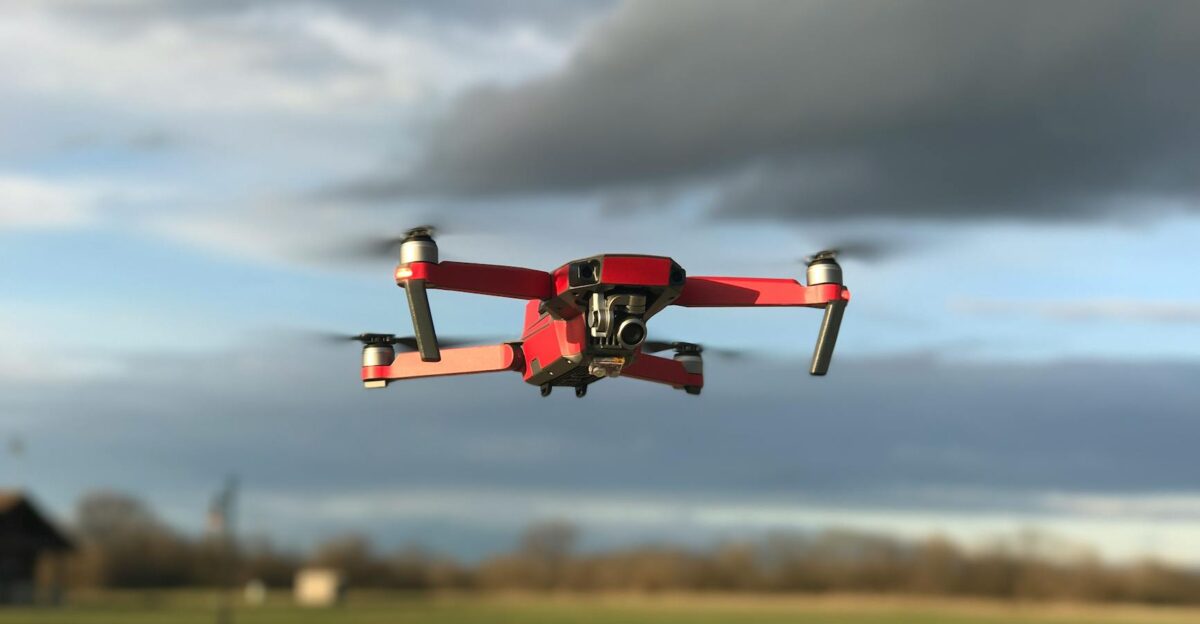
California’s incident spurred lawmakers to propose new bills covering highway safety, airspace sharing, and emergency services response. Regulatory meetings now include drone safety as a key agenda item.
Global Trends

International players from China, Japan, and Europe fast-track eVTOL projects to compete with U.S. progress. Regulatory agencies unite for standardized certification systems and mutual safety agreements.
Legal and Eco Factors

Liability for drone crashes is a hot topic; battery waste and noise pollution raise environmental concerns. Law firms report rising disputes over drone accidents, driving calls for new insurance products.
Cultural Shifts
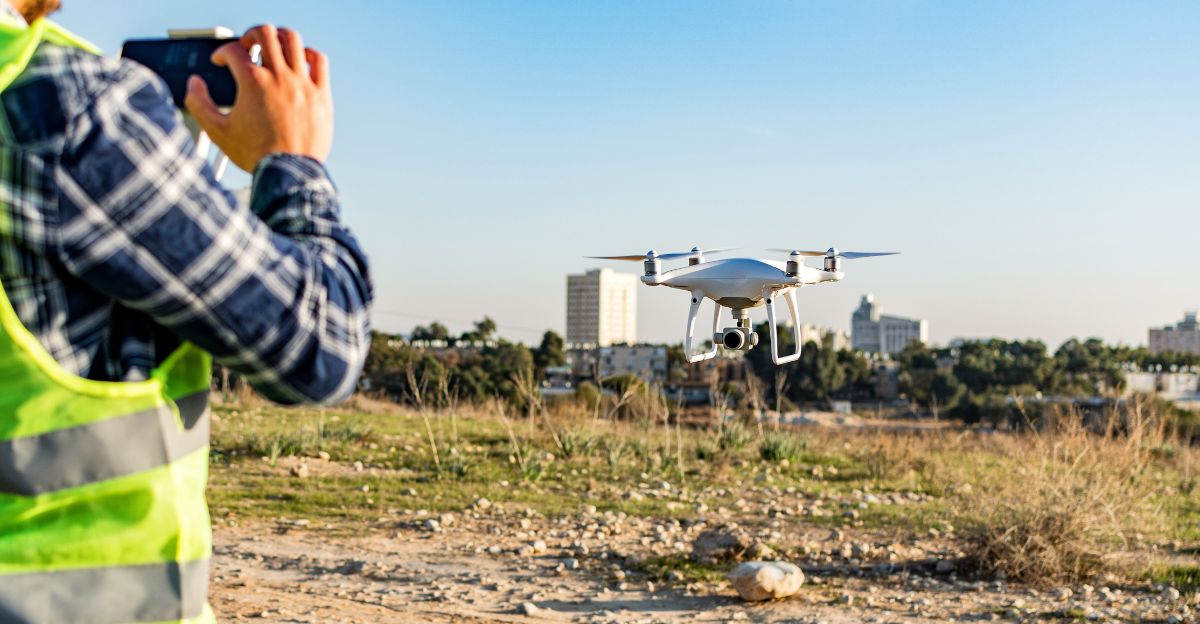
Young users embrace new mobility options, while older generations voice worry about safety and privacy. Experts note growing support for responsible flight paired with strict regulation.
Why It Matters
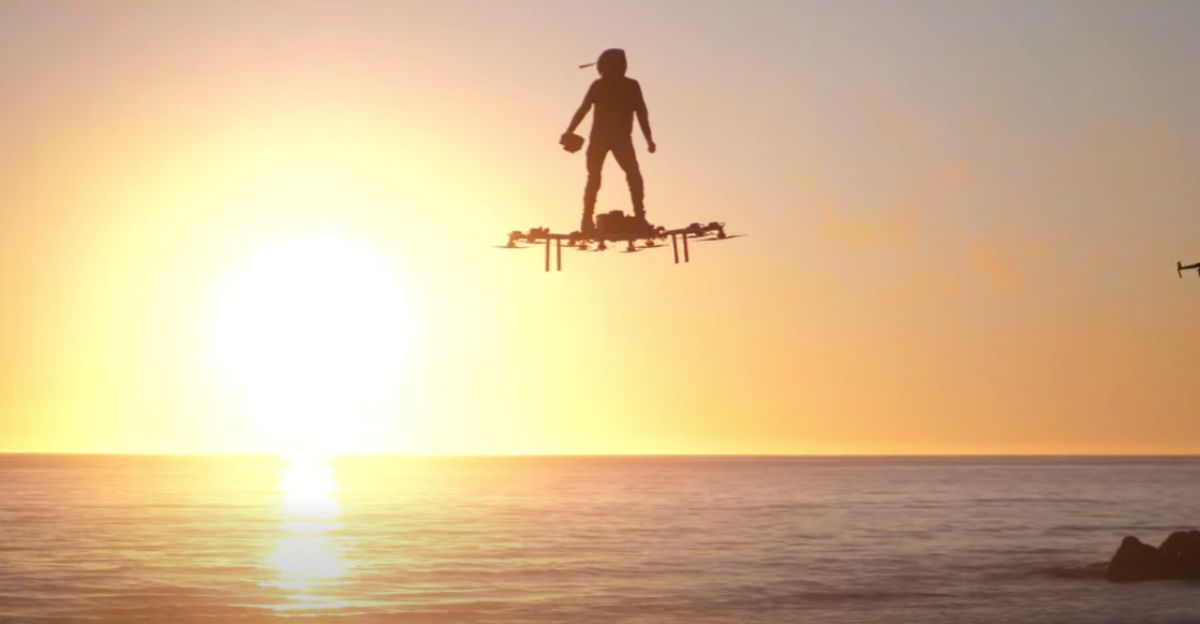
Kowald’s ride signals a transformative era: technology and regulation now move together. Experts say urban mobility, lawmaking, and public opinion will determine not just how we fly, but if personal flight becomes routine.